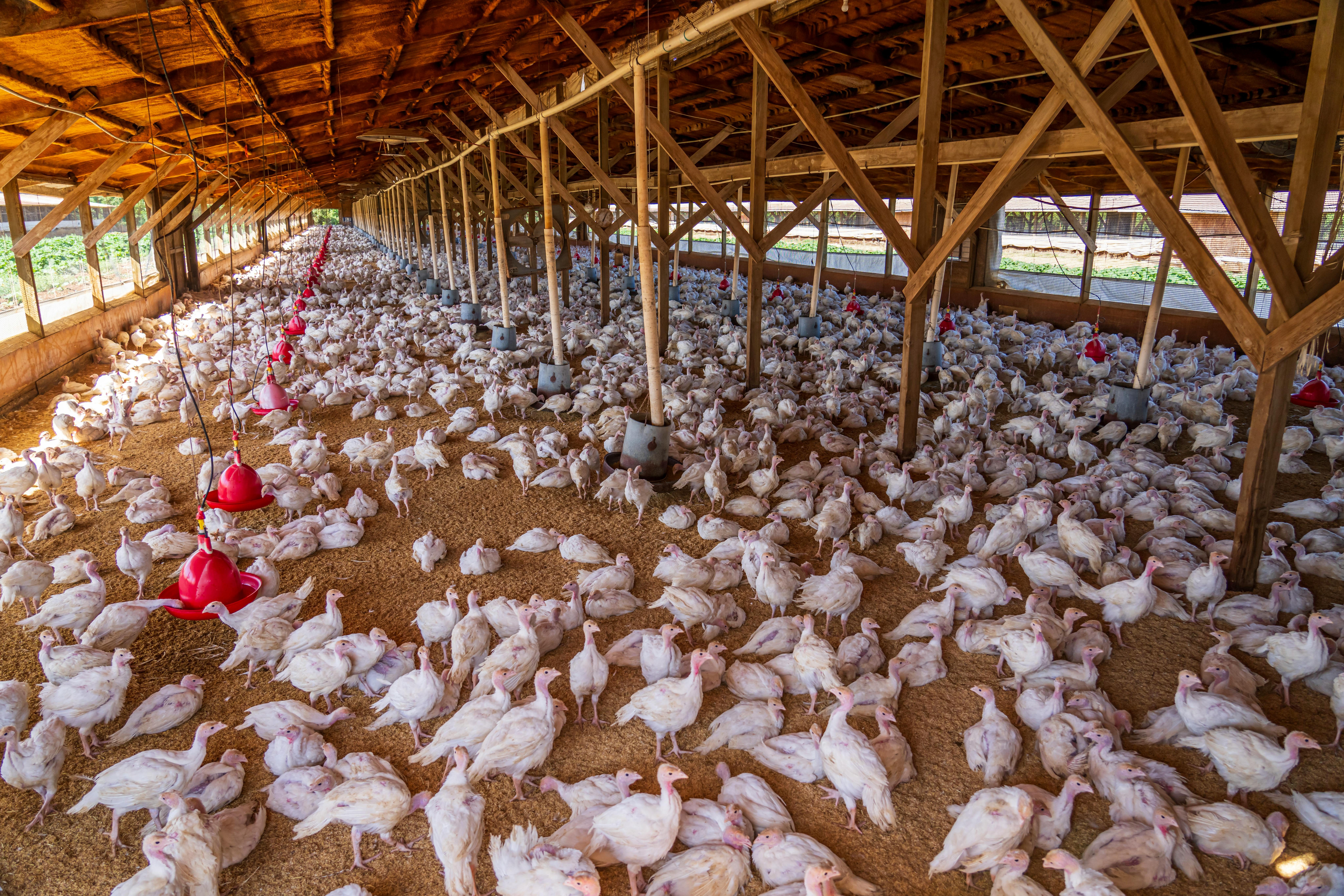
Poultry Farming In Guinea
Poultry farming in Guinea is predominantly small-scale and subsistence-based, with limited commercial operations. The sector faces several challenges, including restricted access to land and finance, inadequate infrastructure, and insufficient trade logistics. These constraints hinder the development of a more robust and commercialized poultry industry.
- Despite these challenges, there have been initiatives aimed at improving poultry farming practices. For instance, in the early 1980s, two Guinean professionals—a veterinarian and an agronomist—established a poultry farm in Koliagbé, located in the Kindia region. Their goal was to enhance local diets by increasing protein intake and to provide training in poultry farming techniques. This initiative led to the creation of the Kahere Eila Poultry School, which gained international recognition and was awarded the Aga Khan Award for Architecture in 2001 for its innovative design and community impact.
- Overall, while poultry farming remains a vital component of Guinea's agricultural landscape, significant investments in infrastructure, training, and resources are necessary to transition from subsistence-level operations to a more commercialized and sustainable industry.
- In addition to traditional chicken farming, there is potential for diversifying poultry production through guinea fowl farming. Guinea fowl are native to Africa and are valued for their meat and eggs. They are hardy birds, known for their resistance to common poultry diseases, and can adapt well to various environments. Moreover, they are effective in controlling pests, as they consume insects and even small rodents.
- While guinea fowl farming remains largely unexploited in many African countries, it presents an opportunity for investment and expansion in Guinea. Developing this sector could contribute to food security, provide additional income sources for farmers, and reduce reliance on imported poultry products.